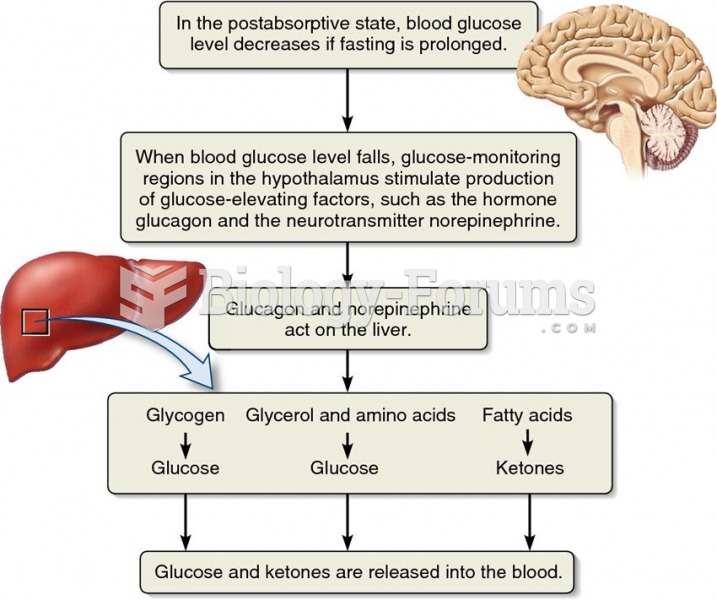Answer to Question 1
Answer: There are two sources of stream water. These are groundwater and overland flow. When rain falls on the land surface, most of it infiltrates, or soaks into the soil, where it may drain to streams or to groundwater. Most of the water flowing into streams is supplied not by rainfall directly, but by groundwater.
If rain falls intensely, the soil may not be able to absorb it as fast as it falls. When water flows across the land, either on a hillslope or in a channel, it carries small particles of rock with it. Smaller particles are mixed with the water making it look muddy; larger particles may roll or bounce along the bottom of the flow.
This movement of material in a stream is called sediment transport. The amount of sediment a stream carries increases as the amount of flowing water increases, so larger streams typically carry more sediment than do smaller ones. The amount of sediment carried when a river is in flood may be hundreds or thousands of times more than the amount carried at ordinary flow levels. Sediment transport also tends to be greater on steep slopes than on gentle ones.
Answer to Question 2
Answer: Soil surface erosion occurs when heavy rains cause excess water to flow across the surface, or when high winds blow on bare ground. Water and wind erosion are accelerated when the soil surface is exposed.
The most common form of soil erosion is caused by rainfall. Intense rain sometimes falls faster than soil can absorb it. Water that cannot soak into the ground must run off the surface as overland flow. As it runs off the surface, water picks up soil particles and carries them down the slope. With enough of this overland flow, water can carve channels, the smallest of which are called Rills.
Surface erosion by water is relatively slow in many natural environments where the ground is covered by grass, trees, and other vegetation. But on large parts of Earth's surface, humans have removed vegetation by clearing forests and plowing fields. Once the vegetative ground cover is removed, slow surface erosion can increase, to become Accelerated Erosion. Ground where vegetation has been removed can suffer more surface erosion in a few months than it experienced during the previous several thousand years. Deforestation is a major source of accelerated erosion.







